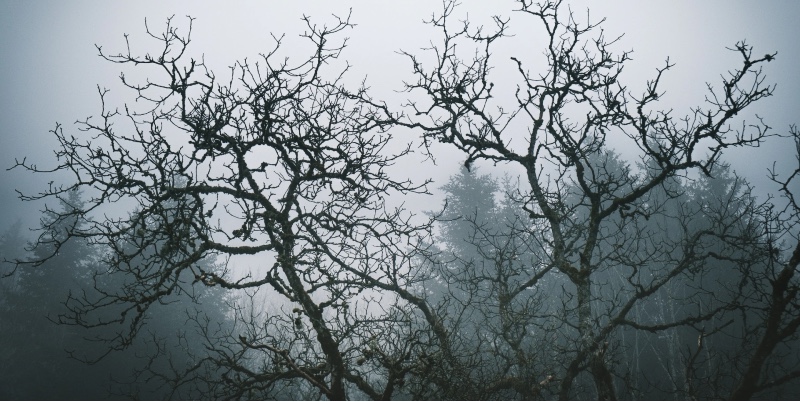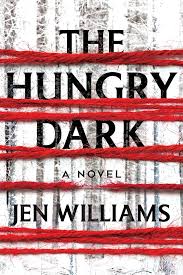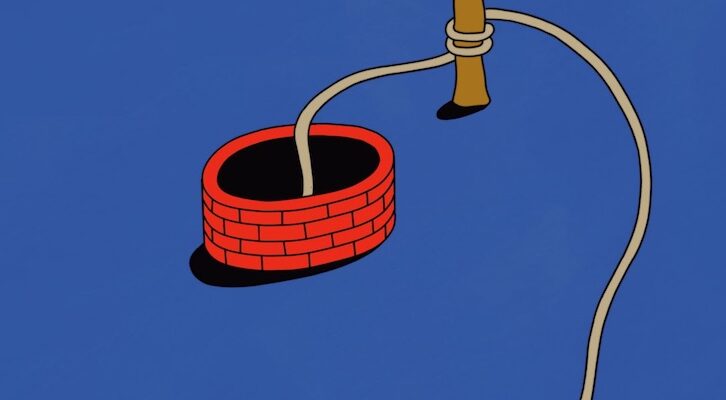My theory is that everyone has one of these stories. Perhaps it was a place you grew up in where random objects would vanish – you swore you put your keys on the sideboard and now there’s just a blank space where they were. Maybe your girlfriend lived in a house that produced unexplainable sounds – ‘no, there’s no one upstairs, it just sounds like someone is walking up there sometimes.’ Or perhaps it was a tiny but powerful thing – you walked into the ruin of an old church on a fiercely sunny day only to feel a chill settle over your bones. You’re not supposed to be here. This place is bad.
For me, stories about hauntings have two key ingredients. The first is one often shared with crime and thriller novels: the past encroaching on the present. Usually, someone in the past has done something unforgivable and not experienced any consequences, and it has ramifications in the present. In your classic crime or thriller novel, a detective, amateur sleuth or unreliable narrator will be the agent looking to uncover what happened, and ultimately bring those consequences to bear. In a novel about a haunting, it’s usually a ghost who fulfils this role. Or a whole team of ghosts.
The second ingredient is location, location, location. Hauntings are often about places, and it was this idea that was the seed of The Hungry Dark. We’re familiar with haunted houses, haunted hotels – haunted graveyards, naturally – but what if the Bad Place was a wild place, a place of nature? The idea of the Bad Place is one that has intrigued and excited me since I picked up my first Stephen King book (Needful Things, I was ten) and I personally find that the greatest scary books really understand this idea. Here are my five favourite books about Hauntings (which are really books about Bad Places, and Terrible People):

The Haunting of Hill House by Shirley Jackson
It is probably illegal to have a list about hauntings without including the grandmother of the modern horror novel. Shirley Jackson was the undisputed queen of the unsettling undercurrent, and by the time Eleanor arrives at Hill House with all her mental baggage, we already know that something is terribly wrong, and that the house is going to draw it out of her like a poison. Except it won’t be a healing experience. The Haunting of Hill House also contains probably the greatest opening lines in a novel ever:
‘No live organism can continue for long to exist sanely under conditions of absolute reality; even larks and katydids are supposed, by some, to dream. Hill House, not sane, stood by itself against its hills, holding darkness within; it had stood so for eighty years and might stand for eighty more.’
Please read that and tell me you are not terrified of Hill House. I still wake up in a sweat sometimes with the words ‘Hill House, not sane’ bouncing around my head.

Beyond Black by Hilary Mantel
Now you could say that I am throwing out my thesis in my second example, because surely Hilary Mantel’s wonderful book about a genuine psychic haunted by the ghosts of her past is not about place at all, but about Alison herself, a woman slowly run ragged by the diabolical men, long dead, who made her childhood a living hell. I would argue that it is still very much about place. In Beyond Black, the very landscape of England feels haunted as Alison flits between pubs and working men’s clubs, plying her trade. Here, you feel, you can’t walk down the road without being accosted by some dreadful little spirit. And the idea of England being thick with spirits and strangeness is present in Mantel’s Booker Prize-winning Wolf Hall trilogy too. I think Mantel understood the nature of haunting better than any of us.
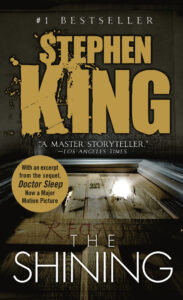
The Shining by Stephen King
The Overlook hotel might be the ultimate Bad Place novel. You know the story already: Jack Torrance agrees to be the winter caretaker at an isolated hotel, bringing his wife and young son with him. Only there are dark forces at work in the Overlook, and they want Jack to stay forever, and ever, and ever… Stephen King is probably the master of the Bad Place novel, and I’ve no doubt that my love for them comes from an early exposure to his work. From Castle Rock, the chaotic New England town that draws weirdness to it like a magnet, to Derry, home to a psychotic child-eating cosmic clown, King delights in creating locations that bring out the very worst in people.

Dark Matter by Michelle Paver
In the 1930s, a young working-class man called Jack signs up for an expedition to the arctic region of Svalberd and through a series of unfortunate events finds himself manning an outpost there alone, through the unending darkness of an arctic winter. And of course, he isn’t quite alone, after all… If you’re afraid of the dark and you feel like scaring yourself silly, Dark Matter is the novel for you. Here, the intensely logical Jack tells himself there is nothing to fear – the darkness never hurt anyone, right? – but he hasn’t contended with the bloody history of the bay of Gruhuken, and the fact that some Bad Places never forget. Cold and claustrophobic and genuinely haunting.
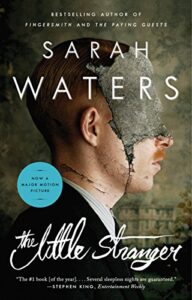
The Little Stranger by Sarah Waters
The Little Stranger feels like your classic haunted house story, one that could perhaps rub shoulders with M. R. James or Charles Dickens (when Dickens was in a spooky mood). A country doctor befriends the well-to-do family at Hundreds Hall, a rambling country house long since past it’s best, and is on hand when strange happenings start to make the place unliveable. It feels like a classic haunting, but being Sarah Waters, it’s much more complicated than that. Under the surface the tensions of class, sexuality and trauma pull at the narrator until tragedy strikes, and the reader is left wondering: what exactly was the malevolent force at Hundreds Hall?
***

